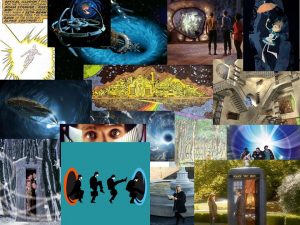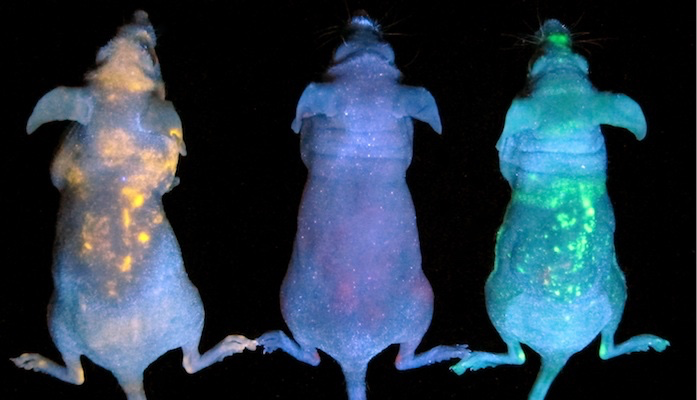Did my Quantum Mechanics, Reality, & You talk at Philcon this last weekend. Had a very energetic & engaged audience. My thanks to Ed Bishop, Tom Purdom, Ron Bushyager, Ferne Welch, Walt Mankowski, & lots of others for great questions! Did five panels as well. Full schedule:
Fri 8:00 PM in Plaza III (Three) (1 hour)
LOVECRAFT’S SUCCESSORS (1107)
[Panelists: John Ashmead (mod), Darrell Schweitzer, Marvin Kaye,
A.C. Wise, Neal Levin]
Is anyone writing good cosmic horror today? What new directions has
cosmic horror been taken in
Fri 9:00 PM in Crystal Ballroom Two (1 hour)
COSMOLOGY AND ITS DISCONTENTS (981)
[Panelists: Paul Halpern (mod), John Ashmead, Dr. H. Paul Shuch,
Robert Kauffmann]
The Standard Cosmological Model is the history of the universe as
arrived at over decades of observation and experiment and accepted
by the majority of scientists. It includes the Big Bang, Cosmic
Expansion, Inflation, Dark Matter, Dark Energy, etc. However, there
are real problems with the SM, and real (non-crank) scientists who
disagree with parts of it. What are the issues with Standard
Cosmology, and what alternative ideas are currently being discussed
Sat 12:00 PM in Plaza II (Two) (1 hour)
QUANTUM MECHANICS, REALITY, AND YOU (1319)
[Panelists: John Ashmead (mod)]
Behold the weird! Wigner and his panel of babies! The case of the
highly charged cat! The collapse of the collapse of the wave
function! And quantum chess! What’s new with quantum mechanics &
what does it all mean
Sat 1:00 PM in Plaza III (Three) (1 hour)
TIME TRAVEL FOR THE MILLIONS (1115)
[Panelists: John Ashmead (mod), Andrew C. Murphy, Gail Z. Martin,
Michael F. Flynn, Glenn Hauman]
If everyone could do it, how would this affect daily life? What are
the most frivolous uses of time travel we can think of? What would
be a time traveler’s practical joke
Sat 7:00 PM in Plaza II (Two) (1 hour)
FICTION ABOUT ITSELF: METAFICTION (1200)
[Panelists: John Ashmead (mod), Gregory Frost, April Grey, Neal
Levin, Alexis Gilliland]
Metafiction is when the story and the text becomes interchangeable,
each a part of the other. What are the roots and nature of this kind
of fiction
Sun 1:00 PM in Crystal Ballroom Three (1 hour)
EXOPLANETS AND SCIENCE FICTION (1124)
[Panelists: John Ashmead (mod), Eric Kotani, Inge Heyer, Walter F.
Cuirle]
We now know that planets are as common as stars. Over 500 are known,
nearly 20,000 are suspected.
What impact has this enormous expansion of the known universe had on
science fiction?

